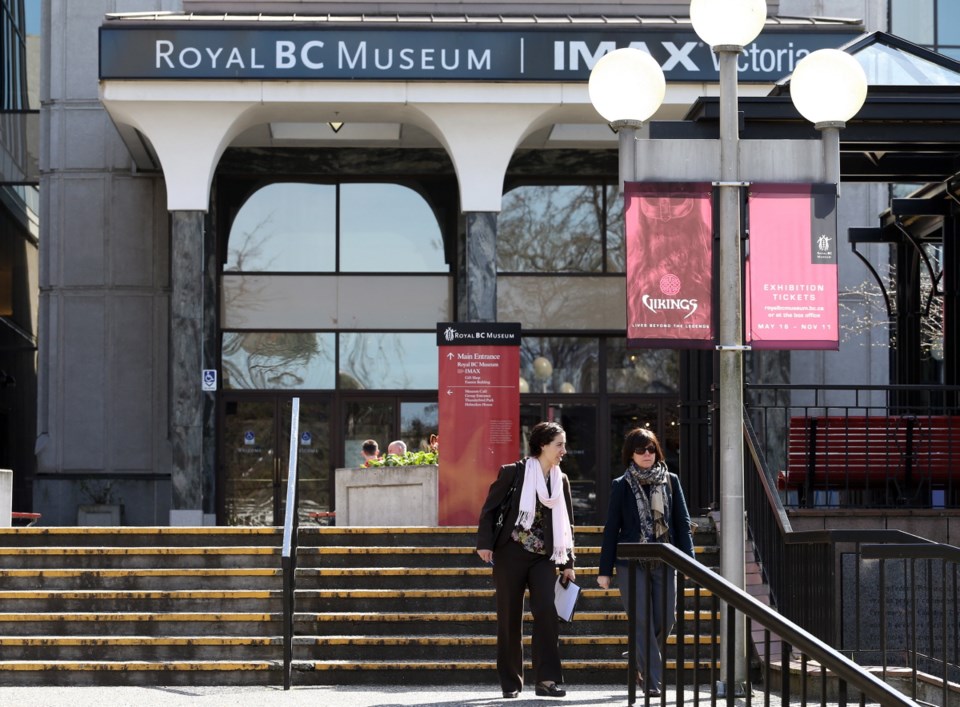The story of Victoria’s homeless camp will be preserved at the Royal B.C. Museum long after the last tent disappears from the courthouse lawn.
Lorne Hammond, a human history curator, met with camp residents on Saturday and collected a number of items for a possible future exhibit.
“We’re very interested in the families of British Columbia, and there are families of genealogy, but there are also families of association,” he said. “With tent city, I think it’s had a tremendous impact on the question of housing and street-level poverty in British Columbia, and I see a lot of very positive things coming out of it.
“So we decided that the museum should also be active in collecting and preserving part of the story of what’s happened at that location.”
Hammond said he arranged through poverty activists to meet some of the camp residents and, with their permission, gather a number of artifacts from the site.
“The response was very positive,” he said. “It was kind of a whirlwind four hours or so spent visiting and listening and talking.”
Hammond said there was a certain urgency to his visit given a judge’s order for people to vacate the site and move into buildings purchased by the B.C. government for social housing.
He took photos of some of the larger signs and banners, and collected smaller signs on paper that will be easier to preserve.
“I thought about tents, but tents are, in the end, tents,” he said. “You can’t get in them, or if you can, it’s one person at a time. They take up a great deal of a space on an exhibit floor and they can be really well represented with a good crisp photograph. So I was looking for the smaller items that are much more personal or were handmade.”
Hammond gathered a number of artworks done by camp residents that, he said, reflect their quest to understand “the nature of love and life and hardship and how to survive.”
Hammond said he is also interested in the process of grieving and how a community responds to deaths. “I’ve been looking at things like street memorials on lampposts for traffic fatalities.” While visiting tent city, he learned that residents had constructed a monument to a resident who died of a drug overdose at the camp last year.
“I said: ‘What’s going to happen with that?’ And they said: ‘Well, I don’t know, I guess it will go in a Dumpster.’
“So I talked very seriously about whether it would be appropriate to collect that, and they discussed it and thought that would be a good way to remember the person. So that was something that I wasn’t expecting to collect which I did collect.”
Hammond was circumspect about when the items might go on display. He said the museum is working on an exhibit to celebrate Canada’s 150th birthday next year, but is not prepared to release any details.
Tent city artifacts could be part of that event, he said.
“That was my thinking in going there, for sure — not just the permanent long-term collection, but a way to make sure that there is a place for everybody in B.C. in the work we do.”



